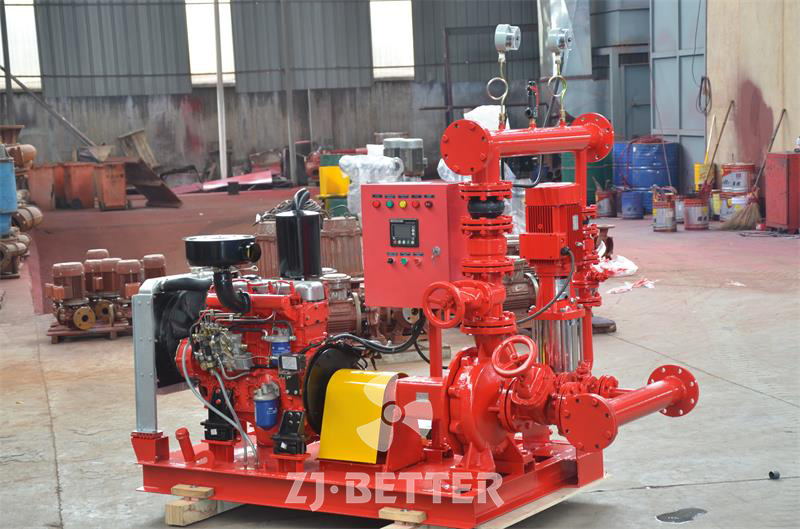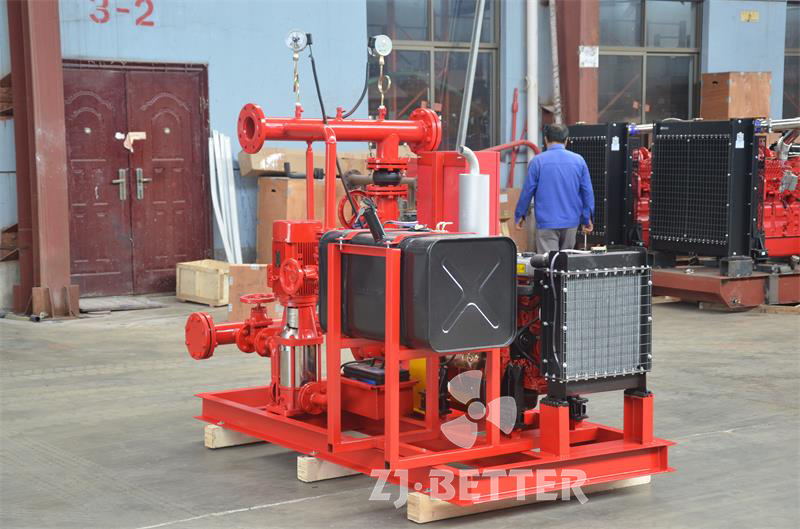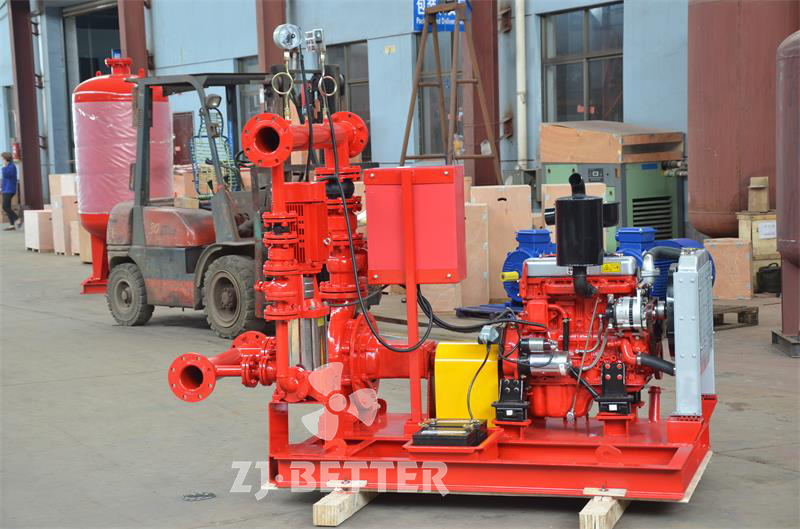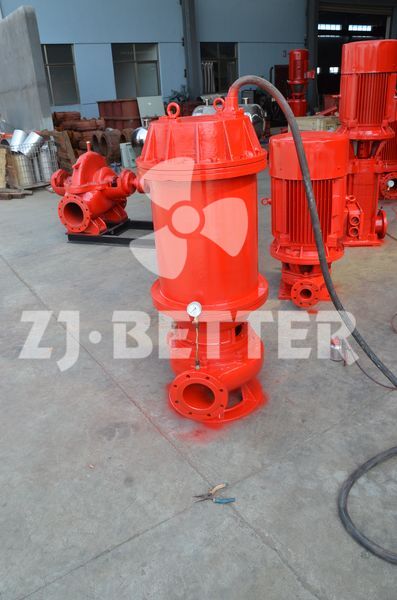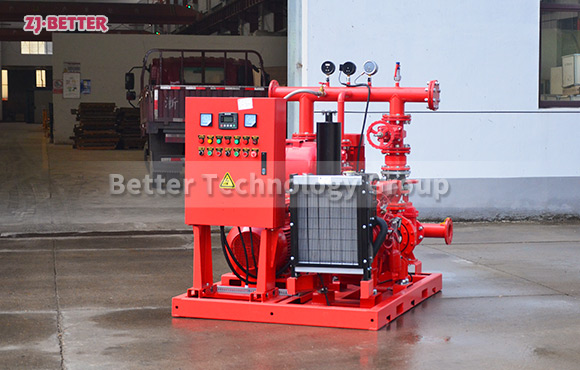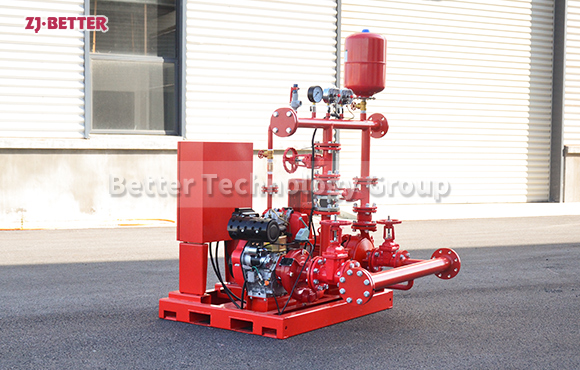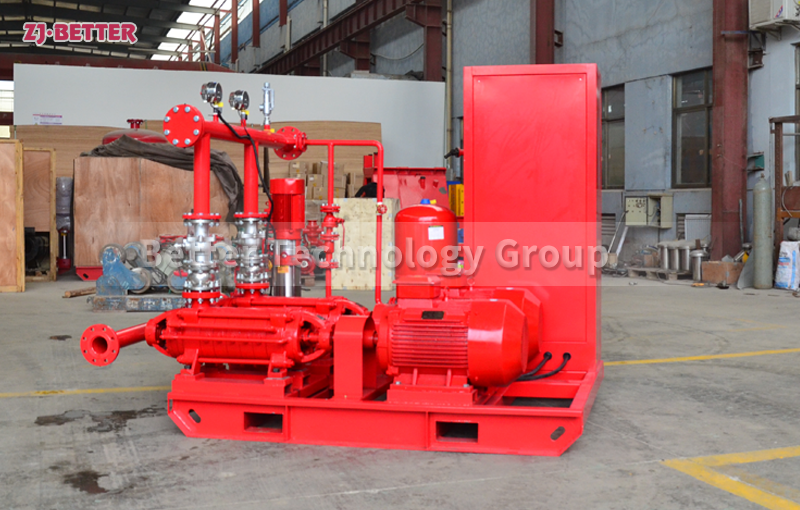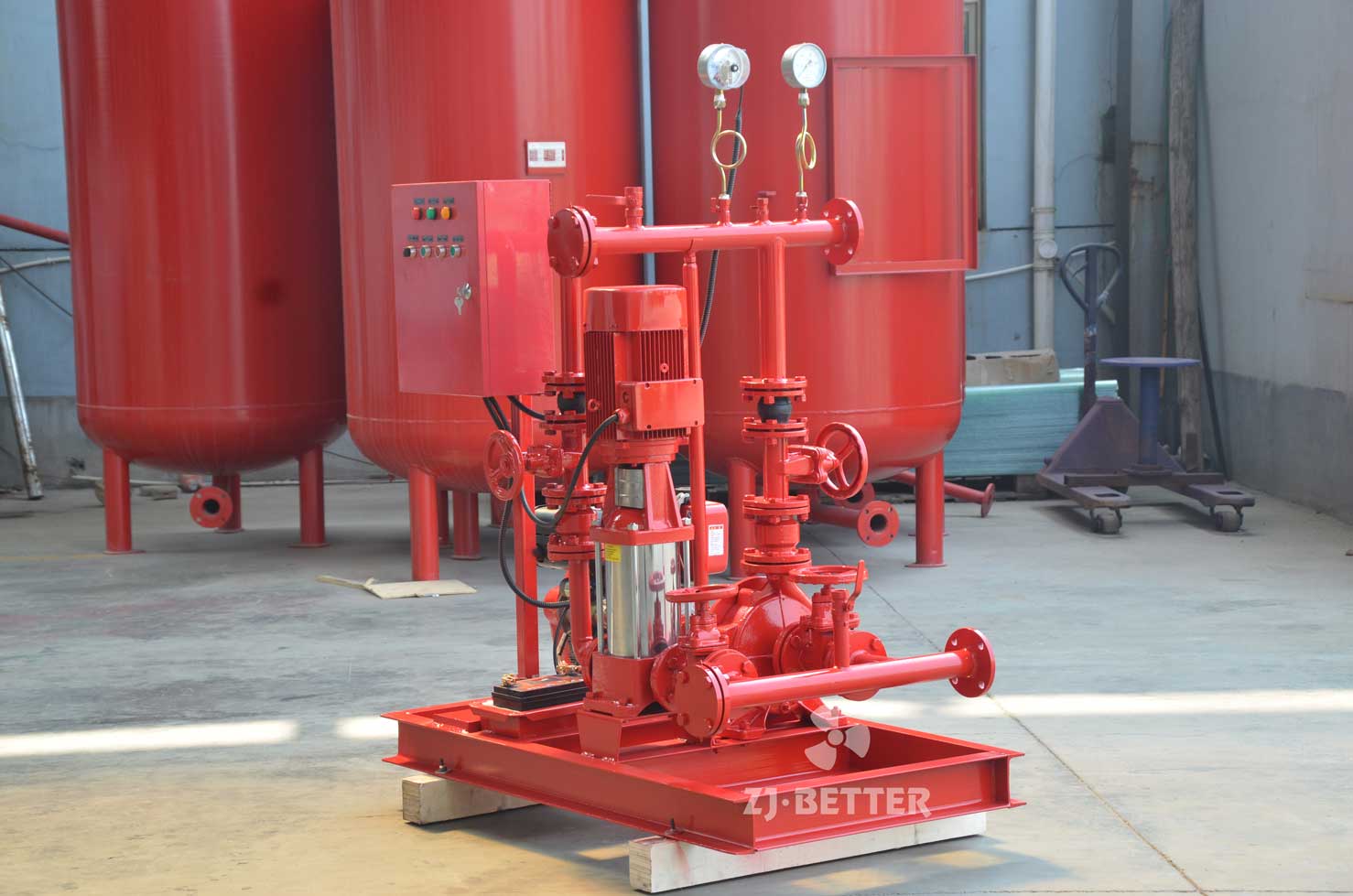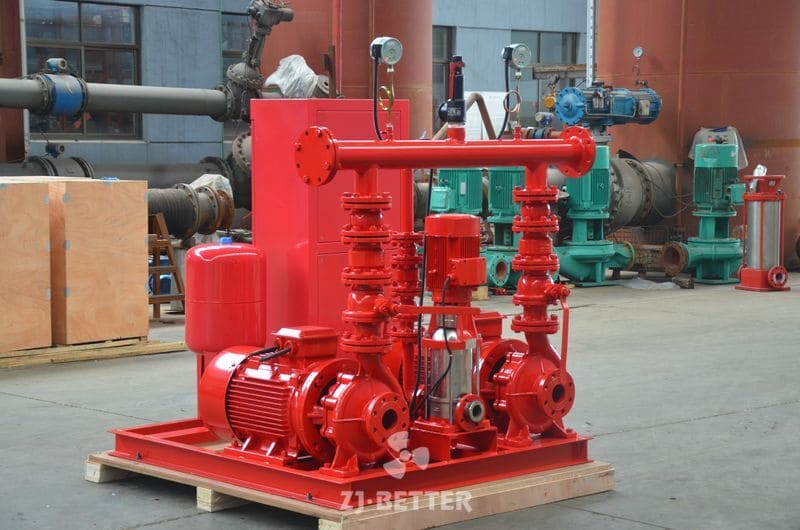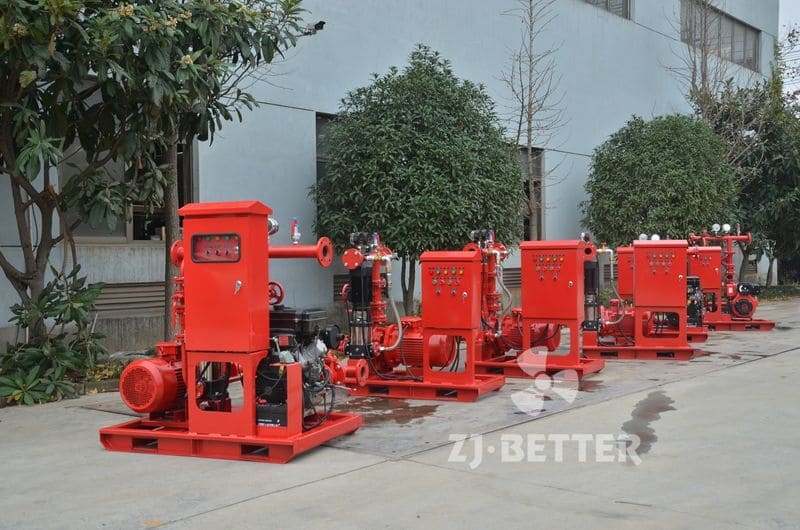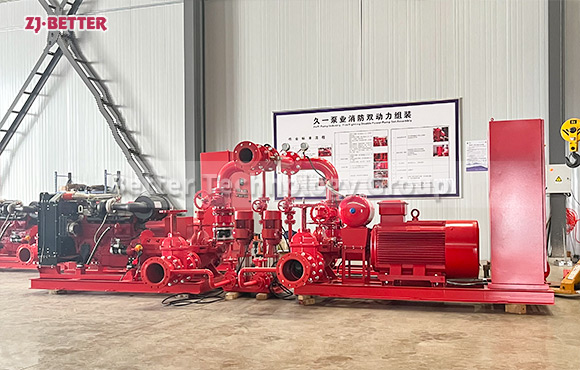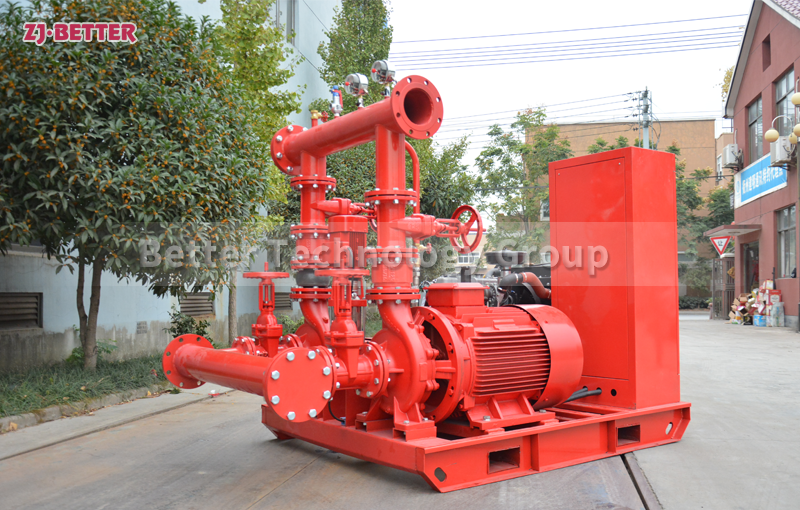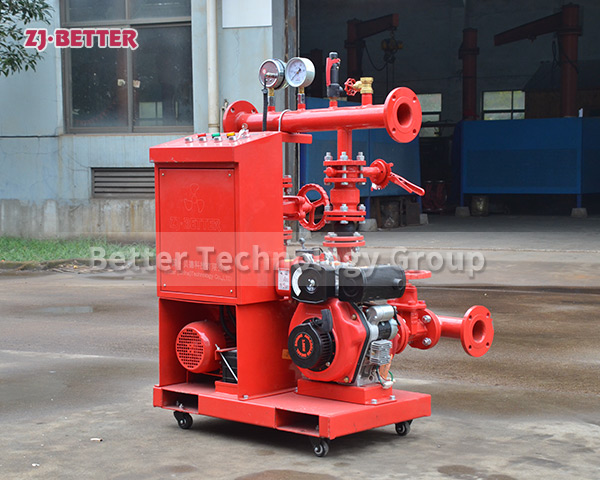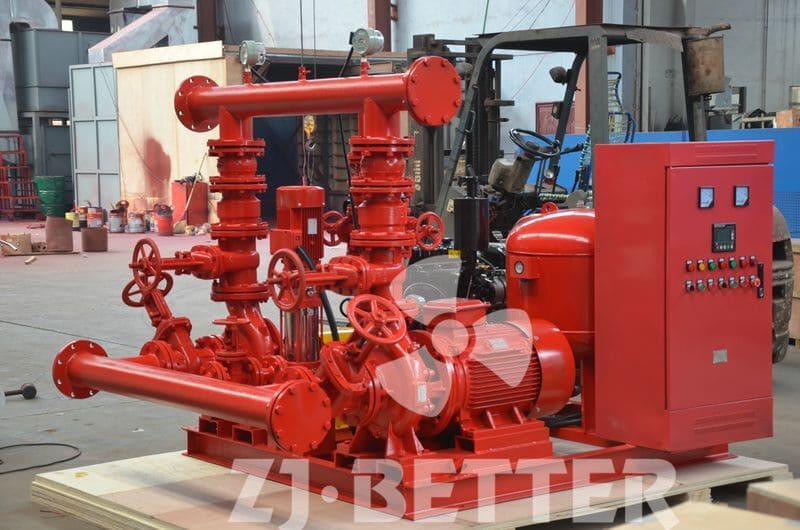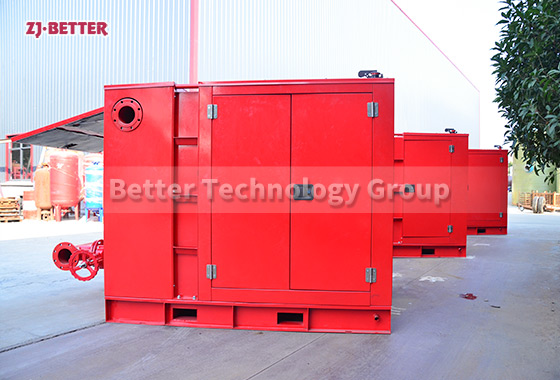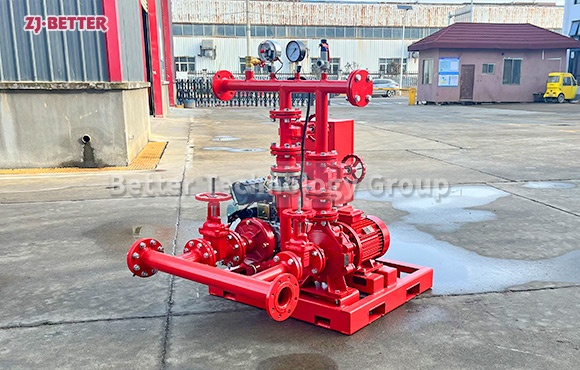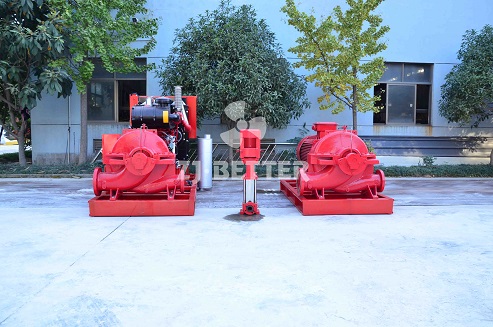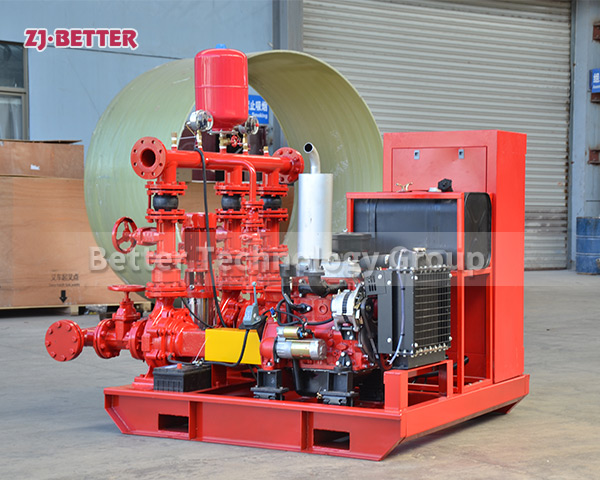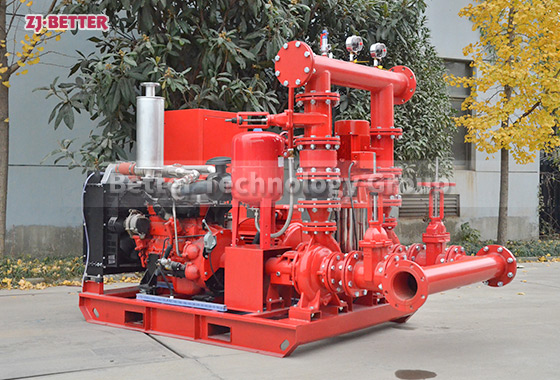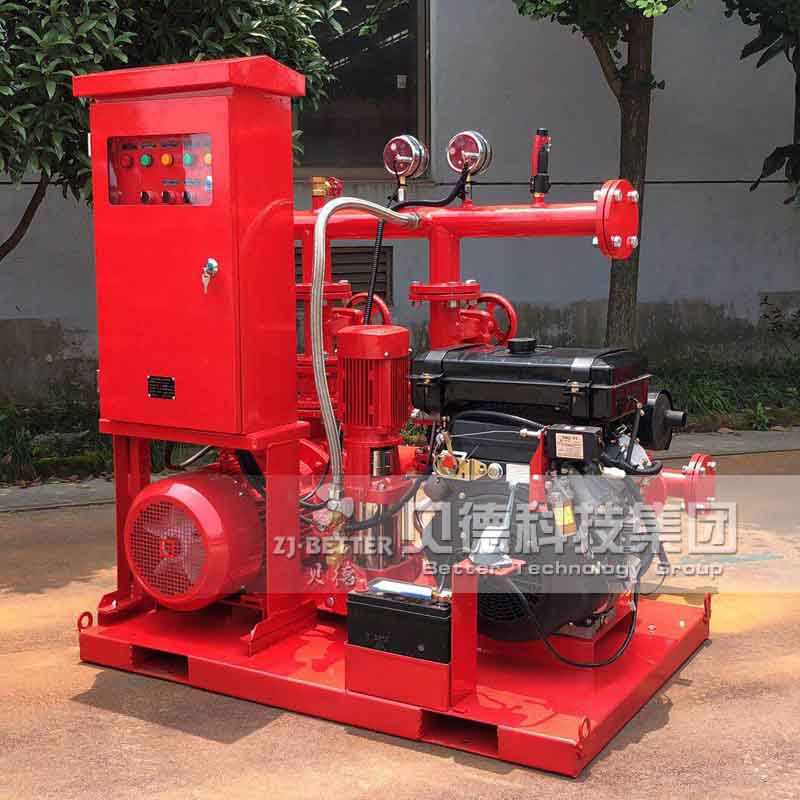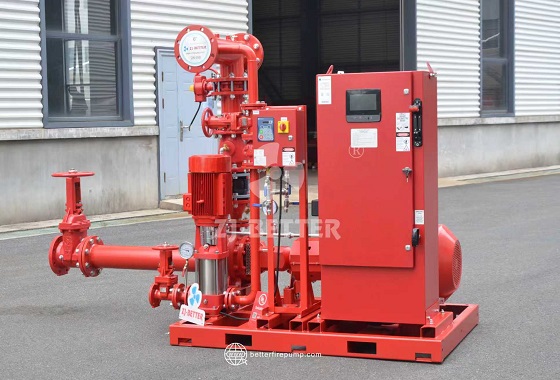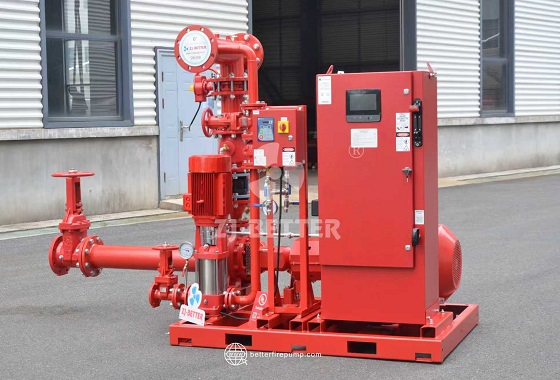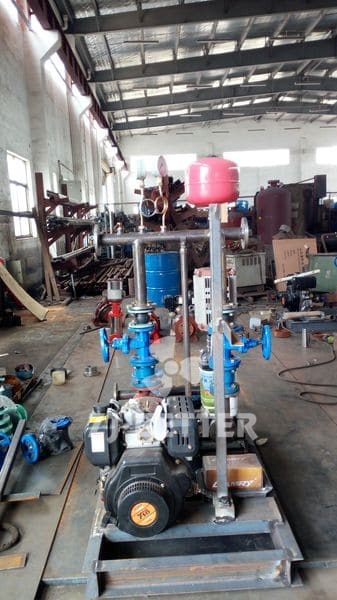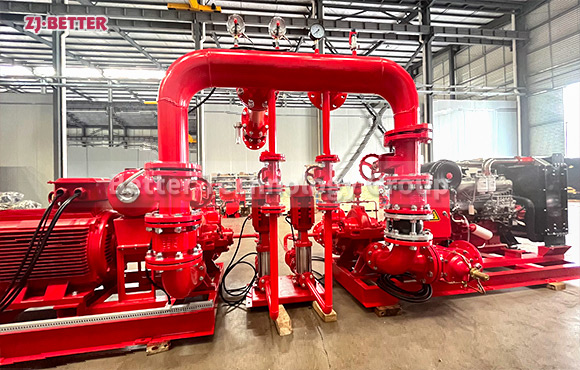1. All personnel must be familiar with the operation manual and the safety regulations of the fire pump before use.
2. When the fire pump is in operation, no one should be allowed to approach the pump or the suction and discharge pipelines.
3. The suction and discharge pipelines should be inspected regularly to ensure that there are no blockages, as blockages can cause the pump to malfunction.
4. The pressure of the pump should be checked regularly to ensure that it is within the range specified by the manufacturer.
5. Before starting the fire pump, all valves in the suction and discharge pipelines must be checked to make sure they are open.
6. All safety devices should be checked regularly to make sure they are in good working condition.
7. The motor should be checked regularly to make sure it is in good working condition.
8. The fuel tank should be checked regularly to make sure it is filled with the correct type and amount of fuel.
9. The temperature of the pump should be checked regularly to make sure it is not too high.
10. If a fault is detected, the pump should be shut down and the fault should be rectified before it is restarted.

